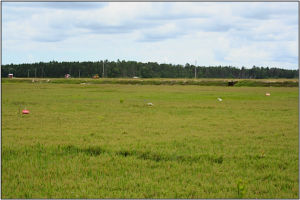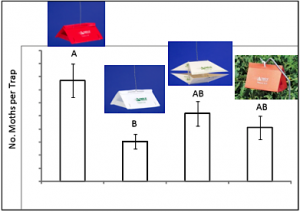
David Holshouser
VT
Increasing Double-Cropped Soybean Yield
http://www.plantmanagementnetwork.org/edcenter/seminars/soybean/DoubleCropped/
This 20-minute webcast is open access. Viewers can also opt to see a 5-minute executive summary version. This shorter executive summary version is permanently open access courtesy of the United Soybean Board. [Read more…]


